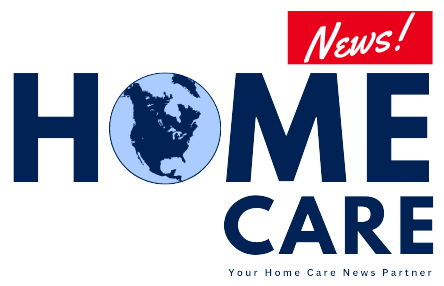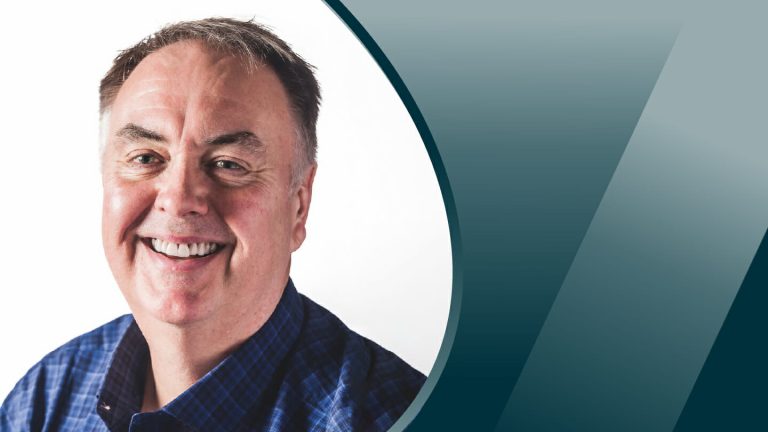The story of Gene Hackman's final days is heartbreaking. Hollywood legend Hackman spent his last year in quiet solitude, caring for his wife, Betsy Arakawa. However, when Arakawa unexpectedly passed away, Hackman (95 years old, battling advanced Alzheimer's disease) was left alone for days and unable to seek help.
Although tragic, this story is not unique. And that is something that senior living communities often encounter. For leadership and team members working closely with residents and families, it is a powerful reminder of the importance of positive planning. These are conversations that can help families have before a crisis strikes.
The reality is that many families assume that one person (usually a spouse or an adult child) will be their only caregiver. But what happens when the caregiver suddenly dies? That's a question we don't want to ask, but it's something that every family needs to answer.
Fragile Link: When Caregiver Disappears
More than 53 million people in America today act as unpaid family caregivers. Many of them are deep and dedicated, like Arakawa, but thinly stretched. They manage their medicine, diet and daily work, while trying to maintain the dignity of their loved ones and their own lives. Often, they are also the only point of contact between their loved one and the outside world.
If the link is broken due to illness, hospitalization or sudden death, the person receiving care can become vulnerable, isolated and at risk.
Gene Hackman's story sheds light on the important but often overlooked issue: the importance of a caregiver backup plan.
Build a safety net before a crisis strikes
Families need to think beyond a single caregiver. Whether made up of family, friends, professional caregivers and a senior living community, a network of support is essential. Here's how it actually looks:
I have a “Plan B” caregiver. Identify a second person who can intervene in the event that the primary caregiver is no longer available. This could be another family member, a trusted neighbor, or a professional caregiver.
Create a communications web. No one should care for you alone. Set up a system where at least 2-3 people check in regularly, whether it's family, friends or community groups. Technologies such as check-in apps and smart home monitoring are also useful.
Consider rest and home care services. Professional support can help fill the gap, even if families want to provide care. Respite care, home health aides, and even short-term stays in senior living communities can provide compensation when needed.
I'll talk about “what ifs.” Many families avoid difficult conversations about unexpected things, but those conversations can save lives. Having a clear plan for medical emergency, financial decisions, and daily care needs ensures that no one will be scrambled if something happens.
Jean Hackman's final week was an unimaginable tragedy, but it should also be a call to wake up. No one is planning a crisis – until it happens. Caregivers cannot be single.
These tips aren't just for families. It is also a tool that senior living experts can share with their residents and loved ones. Encouraging an aggressive planning can help prevent emergencies and prevent anyone from leaving without support when they need it most.
Derek Dunham is the president of Varsity. He has over 30 years of experience in branding, marketing and communications.
The opinions expressed in each McKnight Senior Living Guest column are the opinions of the authors and not necessarily those of McKnight Senior Living.
Do you have any ideas for the column? Please see the submission guidelines here.

